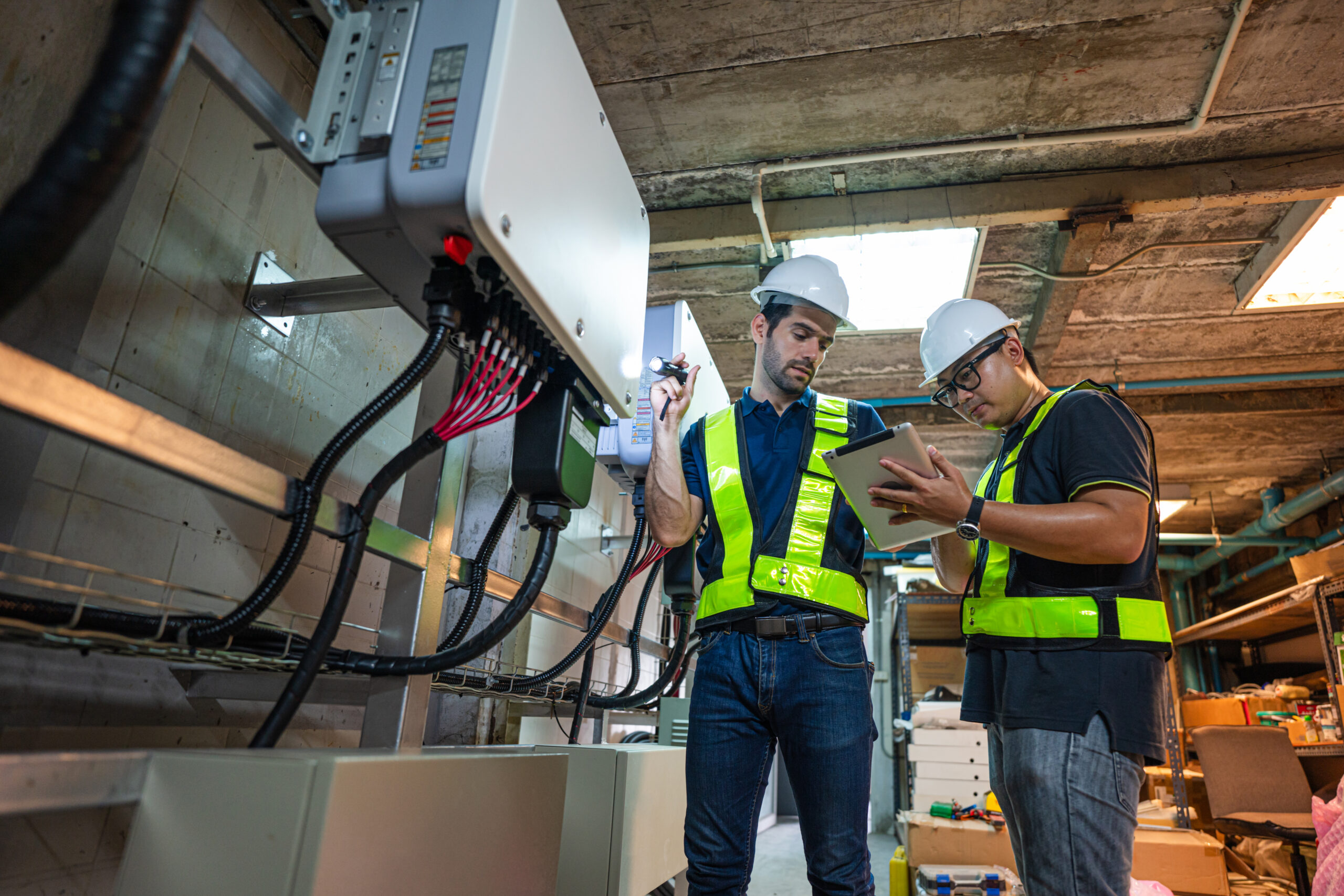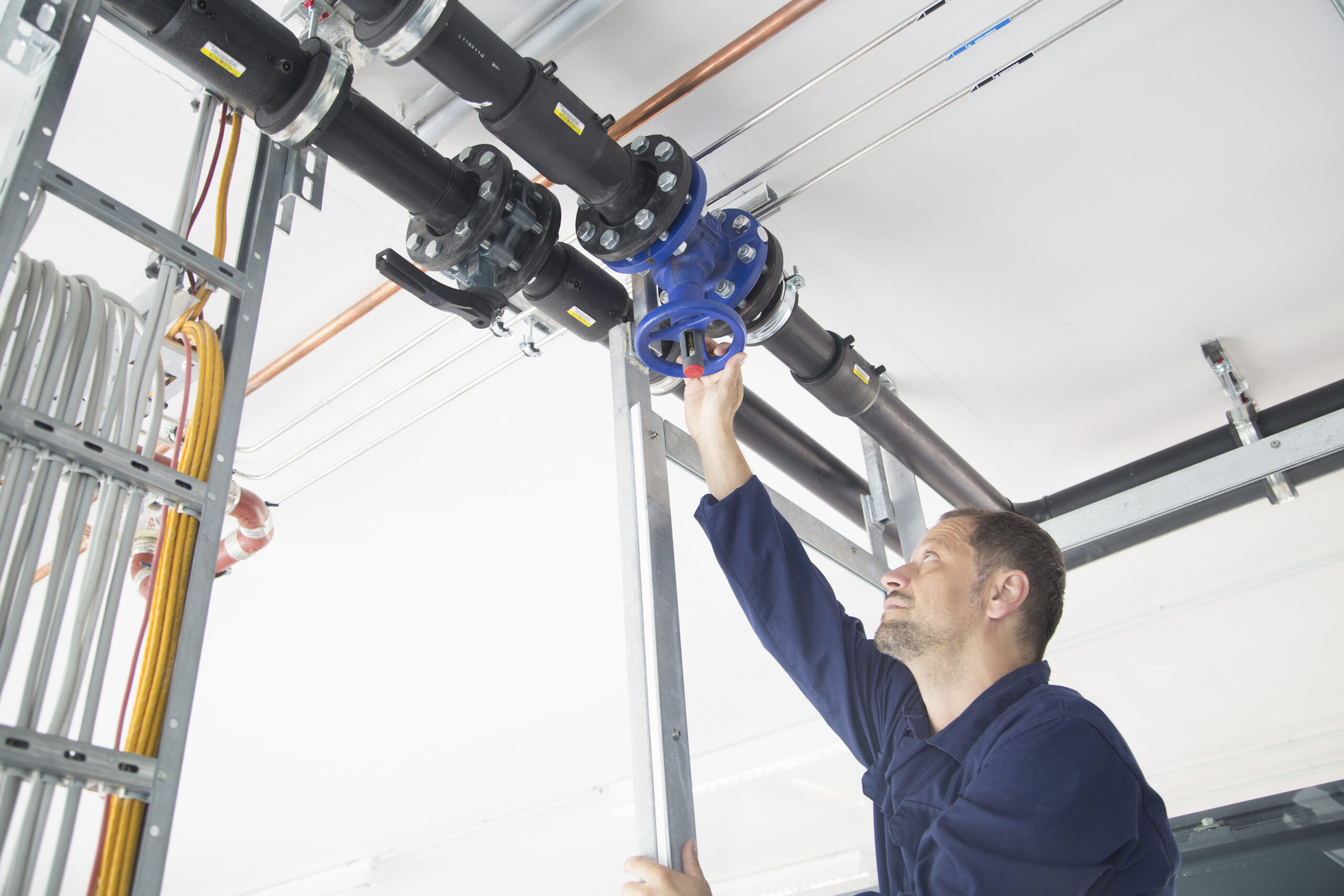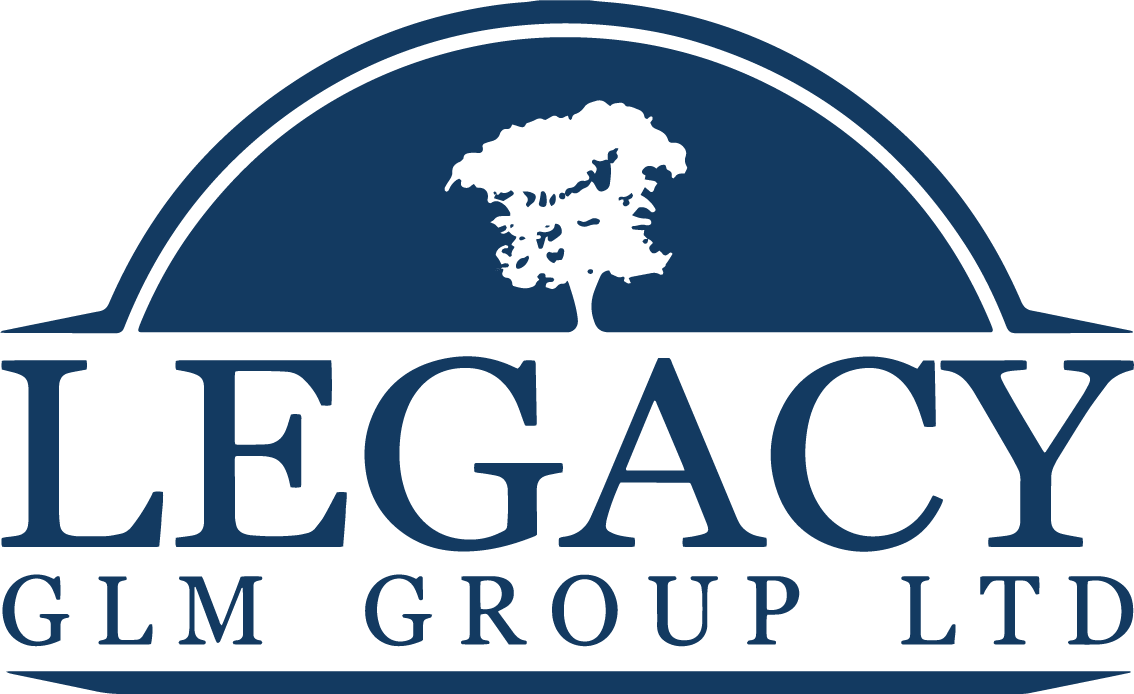Planned Preventative Maintenance (PPM) is a proactive approach that helps businesses maintain their equipment, machinery, and property in optimal working condition. It involves scheduling regular maintenance checks to prevent breakdowns and minimize unplanned downtime. This process ensures that potential issues are identified and fixed before they disrupt operations, making it a crucial strategy for business efficiency.
The importance of Planned Preventative Maintenance lies in its ability to reduce the likelihood of unexpected repairs and costly emergency fixes. By addressing wear and tear regularly, businesses can extend the lifespan of their assets and avoid unnecessary financial strain. This methodical approach ensures that everything from HVAC systems to machinery is functioning properly, creating a safer and more productive environment.
When businesses invest in Planned Preventative Maintenance, they are not just maintaining equipment but improving overall operations. Regular upkeep leads to fewer breakdowns, smoother workflows, and a better bottom line. It also provides businesses with peace of mind, knowing that they are prepared for the future rather than constantly reacting to problems as they arise.
Key Queries Addressed:
-
What is Planned Preventative Maintenance?
It is a scheduled maintenance plan aimed at preventing breakdowns and minimizing disruptions. It includes regular inspections, testing, and repairs before issues arise.
-
How does it improve business efficiency?
By ensuring equipment operates smoothly, PPM prevents unexpected downtime, reduces repair costs, and boosts productivity. This proactive approach helps businesses avoid costly interruptions and maintain optimal performance levels.
The Benefits of Planned Preventative Maintenance
Implementing this brings several key benefits to businesses, improving their overall efficiency, cost-effectiveness, and operational longevity. Below are the main advantages that businesses can expect when adopting a PPM strategy.
-
Cost Savings
One of the most significant advantages of Planned Preventative Maintenance is the long-term cost savings. Although there is an upfront investment in planning and scheduling maintenance, it ultimately reduces costs associated with unexpected repairs, equipment failure, and unplanned downtime. By performing routine checks and addressing minor issues before they escalate, businesses can avoid the high costs of emergency repairs, which are often more expensive and disruptive.
For example, in manufacturing industries, regular servicing of machinery helps avoid the need for costly replacements or extensive repairs. By investing in PPM, companies can allocate resources more efficiently and prevent unnecessary financial strain on operations.
-
Reduction in Downtime
Unplanned downtime is one of the most costly challenges faced by businesses, particularly those relying on heavy equipment or machinery. PPM helps ensure that all equipment is regularly serviced, which reduces the likelihood of unexpected breakdowns. When machines fail unexpectedly, production halts, employees are unproductive, and deadlines may be missed. However, with a solid PPM strategy, equipment remains in good condition, and potential issues are addressed before they disrupt business operations.
For instance, businesses in hospitality, such as hotels, benefit from Planned Preventative Maintenance by ensuring that their HVAC and kitchen equipment are functioning optimally, reducing the risk of operational downtime.
-
Increased Lifespan of Equipment
Regular maintenance is key to extending the lifespan of assets, including machinery, HVAC systems, and electrical installations. By addressing wear and tear early, businesses can prolong the life of their assets and maximize their return on investment (ROI). When equipment is properly maintained, it operates more efficiently and is less prone to major breakdowns.
For example, in the transportation industry, regular maintenance of fleet vehicles ensures they remain roadworthy for longer, reducing the need for early replacements and increasing the overall fleet’s lifespan.
-
Improved Safety and Compliance
Regular inspections as part of PPM help ensure that equipment and systems are safe to use and meet regulatory standards. This is particularly important in industries where safety is a top priority, such as construction and manufacturing. Failing to comply with safety standards can lead to accidents, fines, and damage to a company’s reputation.
By ensuring that all safety checks are performed as part of the maintenance schedule, businesses can keep their premises and staff safe, while also avoiding potential legal and financial liabilities.

How Planned Preventative Maintenance Reduces Unexpected Repairs
Itplays a crucial role in significantly reducing the likelihood of unexpected repairs. By proactively addressing potential issues before they evolve into major problems, businesses can maintain smooth operations, minimise disruptions, and avoid the high costs that come with emergency repairs. Below are some key ways in which PPM helps to reduce the occurrence of unexpected repairs:
-
Early Detection of Issues
Regular inspections and maintenance as part of a PPM strategy allow businesses to detect problems early on, often before they cause any significant damage. For instance, routine checks on machinery or systems can identify worn-out components, leaks, or minor faults that could develop into more serious issues. By identifying and fixing these problems before they escalate, businesses can prevent costly repairs and downtime caused by sudden breakdowns.
For example, in the facilities management sector, regular inspections of electrical systems can reveal early signs of faults, preventing power outages or electrical fires, which could be disastrous for the business.
-
Proactive Repairs and Replacements
One of the key aspects of Planned Preventative Maintenance is replacing or repairing parts that are nearing the end of their useful life before they fail. Components such as filters, belts, seals, and electrical wiring all have a lifespan, and replacing them during scheduled maintenance ensures that these parts do not fail suddenly and cause operational interruptions. When businesses take a proactive approach, they can replace parts during routine maintenance rather than waiting until an issue arises, which would likely result in an emergency repair.
For example, in a manufacturing setting, replacing worn-out machine parts during scheduled maintenance can help avoid the breakdown of production lines, which can cause significant delays and costly repairs.
-
Minimising Emergency Repairs
Without a proper PPM plan in place, businesses often face emergency repairs when something breaks down unexpectedly. These emergency repairs tend to be more expensive, require urgent attention, and may even cause significant business interruptions. However, with Planned Preventative Maintenance, businesses can reduce the need for emergency repairs by ensuring that all equipment, machinery, and systems are in optimal condition.
For example, a commercial kitchen, which relies on a wide range of appliances and systems, would benefit greatly from PPM. Regular maintenance of refrigerators, ovens, and ventilation systems ensures that breakdowns do not disrupt operations, preventing the need for expensive emergency repairs.
-
Extending Equipment Life
Another important aspect of PPM is that it helps extend the lifespan of equipment. Well-maintained equipment is less likely to break down and is more likely to function efficiently for longer periods. By investing in regular maintenance, businesses can maximise the life of their equipment and avoid the high costs associated with early replacements and unexpected repairs.
For instance, in the transportation industry, regular maintenance of fleet vehicles ensures they remain roadworthy for longer, reducing the need for costly repairs and extending the lifespan of each vehicle.
The Role of Regular Inspections
Regular inspections are one of the most important aspects of Planned Preventative Maintenance (PPM). These inspections help to identify potential issues before they escalate into larger, more costly problems. By conducting regular checks and maintenance, businesses can ensure that their equipment, systems, and overall facilities remain in optimal condition, reducing the risk of sudden breakdowns and minimising disruptions to daily operations.
1. Early Detection of Potential Problems
Regular inspections provide a unique opportunity to spot issues at their early stages, well before they turn into major repair jobs. For example, regular checks on the heating, ventilation, and air conditioning (HVAC) system can detect clogged filters or failing parts, preventing the system from breaking down during a busy period. In a factory setting, machinery inspections can identify worn-out components or parts that need lubrication, reducing the likelihood of a full breakdown.
The key advantage of early detection is that businesses can plan repairs and replacements during scheduled maintenance windows, minimising downtime and avoiding sudden repair costs. A minor issue, like a loose bolt or a frayed wire, might seem insignificant but can lead to major damage if not addressed promptly.
2. Improving Safety Standards
Routine inspections also contribute to maintaining safety standards across the workplace. Regular checks on electrical systems, fire alarms, emergency exits, and machinery ensure that all safety measures are functioning correctly. This is particularly important for businesses operating in industries where safety is paramount, such as manufacturing, hospitality, and healthcare.
For instance, regular fire safety inspections can identify expired fire extinguishers, faulty fire alarms, or blocked escape routes, preventing hazardous situations from arising. In addition, health and safety inspections help businesses comply with legal requirements and reduce the risk of fines or legal liabilities due to non-compliance.
3. Preventing Costly Downtime
One of the biggest costs for any business is unexpected downtime, which can result from equipment failures, system breakdowns, or facility issues. Regular inspections as part of Planned Preventative Maintenance help to reduce the chances of downtime by addressing issues before they interrupt operations.
For example, in a commercial kitchen, regular checks on refrigeration units, ovens, and dishwashers ensure that they remain in proper working order. A breakdown of any of these appliances during peak hours can result in significant downtime and lost revenue. Regular inspections ensure that any issues are fixed before they disrupt service.
4. Increasing Equipment Efficiency and Longevity
Routine inspections are also vital in ensuring that equipment and machinery continue to operate efficiently. Over time, wear and tear can cause systems to become less efficient, leading to increased energy consumption and higher operational costs. Inspections help businesses identify inefficiencies and make adjustments that can save money in the long run.
For instance, a machine inspection can uncover issues that cause excessive energy consumption, such as uncalibrated parts or dirty filters. By fixing these issues, businesses can improve efficiency, reduce operating costs, and extend the lifespan of their equipment.
5. Building Trust with Clients and Customers
Finally, businesses that conduct regular inspections show their commitment to quality and reliability. This not only improves operational efficiency but also builds trust with clients, customers, and stakeholders. For example, in the hospitality industry, ensuring that facilities are regularly inspected and well-maintained increases customer satisfaction and loyalty, which can lead to repeat business and positive reviews.

How to Implement Planned Preventative Maintenance in Your Business
Implementing this kind of maintenance in your business is crucial for ensuring that your equipment and systems run smoothly. It helps reduce the likelihood of unexpected breakdowns and allows for more control over maintenance costs. In this section, we’ll guide you through the process of setting up an effective PPM schedule for your business.
1. Identify Your Business’s Maintenance Needs
The first step in setting up Planned Preventative Maintenance is to assess your assets and their maintenance needs. Every business is unique, and different industries will have different equipment that requires attention. Start by creating a list of equipment, machinery, and systems in your business that require regular inspections and maintenance.
For example, in a commercial property, you may need to consider HVAC systems, fire safety equipment, plumbing, and electrical systems. In a warehouse, focus on machines, forklifts, and other equipment that need upkeep. By identifying what requires attention, you can tailor a PPM schedule that suits your business’s specific needs.
2. Develop a Preventative Maintenance Schedule
Once you’ve identified the assets that need regular checks, the next step is to develop a PPM schedule. The frequency of maintenance checks will depend on the type of equipment. For example, HVAC systems may need to be serviced bi-annually, while machinery in a factory may require monthly or weekly inspections.
Make sure the schedule is manageable and aligns with your business’s operating hours. It’s essential to create a balance between ensuring that your equipment is maintained without interrupting your daily operations.
3. Use Technology to Manage and Track Maintenance
Manual tracking of Planned Preventative Maintenance can be overwhelming, especially for larger businesses. A good solution is using a maintenance management system (CMMS) or software that automates the tracking process. This software can send automatic reminders for scheduled inspections, repairs, or replacements.
Using technology allows you to stay organised and reduces the chances of forgetting important maintenance tasks. These systems also store records of previous maintenance, making it easier to track the history of repairs and assess the condition of your equipment over time.
4. Assign Responsibilities
A clear maintenance plan requires assigning specific roles to your team members. If you’re a small business, this could be the responsibility of a single person, such as the facilities manager or a designated maintenance technician. For larger businesses, you may have a team responsible for different aspects of maintenance.
Ensure that those in charge of Planned Preventative Maintenance are properly trained. This will ensure the scheduled maintenance tasks are completed efficiently, and you can avoid disruptions caused by incorrect handling or missed inspections.
5. Track and Monitor Performance
Finally, you’ll need to track the performance of your PPM strategy. Keep detailed records of all maintenance activities, including when each task was completed, the type of work done, and any repairs or replacements carried out. These records can help you identify patterns and areas that may require more attention.
Over time, you may discover that certain pieces of equipment need more frequent inspections or that some maintenance tasks are not as effective as anticipated. Tracking performance will allow you to refine your maintenance schedule to better suit your needs.
Maximising Efficiency and Reducing Downtime with Planned Preventative Maintenance
In conclusion, this type of maintenance is a strategic approach that offers businesses the opportunity to optimise operations, extend the lifespan of their assets, and prevent unexpected breakdowns. By implementing a robust PPM strategy, businesses can avoid costly repairs and ensure that equipment and systems operate efficiently. The importance of planned preventative maintenance cannot be overstated, as it plays a critical role in keeping businesses running smoothly.
Whether you manage a small business or oversee a large organisation, regular maintenance checks are essential for maximising business efficiency. The key to success lies in identifying the equipment and systems that require regular attention, setting up a schedule that aligns with your business’s needs, and leveraging technology to keep track of all maintenance tasks. By doing so, you ensure that your business is well-equipped to handle any challenges that may arise, without disruptions or downtime.
At Legacy GLM Group, we understand the value of planned preventative maintenance. Our team of professionals is dedicated to helping businesses in Hampshire stay ahead of maintenance issues, reduce operational risks, and enhance overall efficiency. Whether you need assistance with setting up your PPM strategy or want to make sure your systems are functioning optimally, we’re here to help.
Take action today by contacting us at Legacy GLM Group for tailored planned preventative maintenance services. Let us help you ensure the long-term success of your business by keeping your operations running smoothly. Reach us now at 02392 985 776 to get started.






